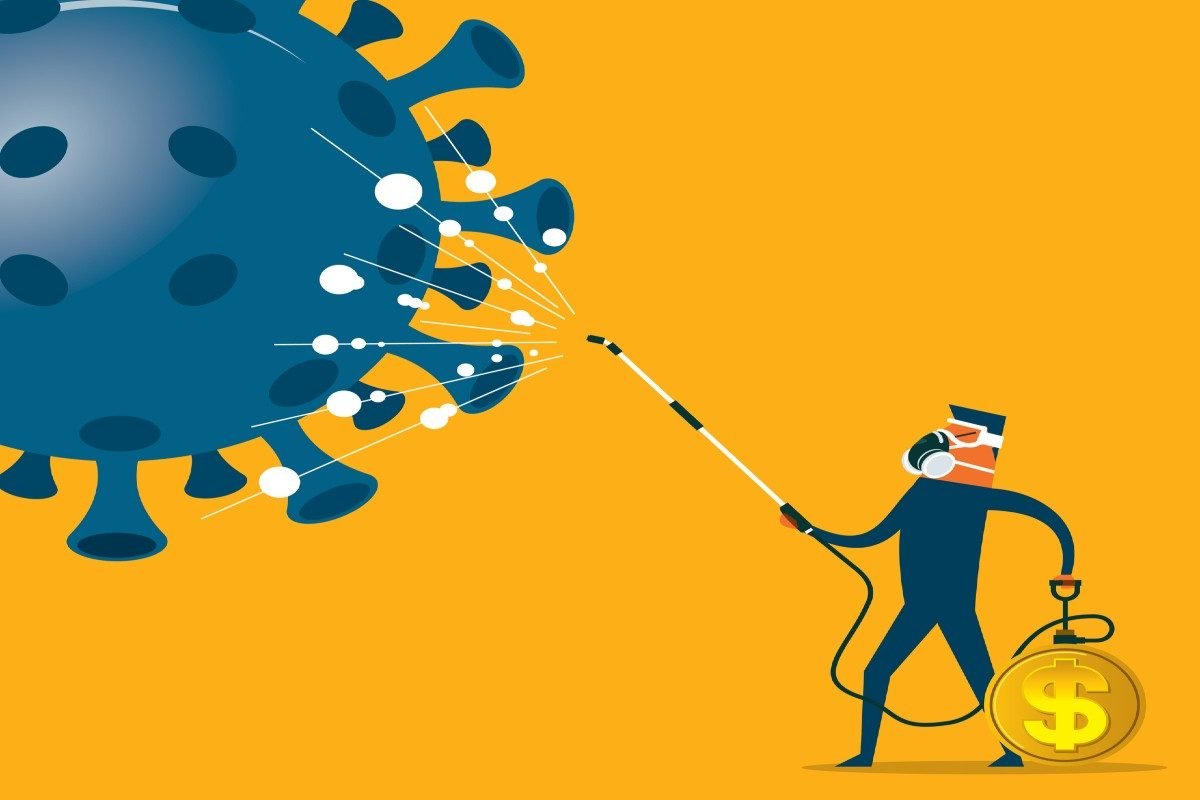The impact of COVID-19 on the business world is being well documented. It’s been linked with everything from spikes in unemployment and a projected recession to spurring the adoption of 5G and remote work. But what role does analytics and analytics professionals have to play in how your company will handle the outbreak?
Five Ways Analytics Can Make a Difference in a Crisis
In the current scenario – as in any business scenario – there are two options. We can passively wait it out or we can proactively leverage data & analytics to better respond to the fast-changing business environment. Here are 5 ways Analytics can make a difference in how your organization responds to COVID-19.
- Information access: Creating a single source of truth – To combat disparate and conflicting information, leadership should quickly create a single source of truth – a common fact base that provides critical information and supports quick decisions on business challenges and risks.
- Scenario planning: Forecasting possible outcomes – Use analytics to forecast the potential outcomes of different scenarios. What if an epidemic lasts for several months rather than a few weeks? What if the outbreak is more or less severe than projected? Businesses can use this to pressure test their financial plans for various scenarios.
- Action prioritization: Where to best direct focus – In times of crisis, knowing the markets, channels, and customers that need your focus is critical. Some will be impacted more than others. Which areas require a broader set of actions? Which need a smaller, targeted response? Analytics can help you develop recommendations for distinct geographies, brands, etc. in different segments of the market.
- Specific support: Managing production, sourcing, etc. – Using analytics, companies can run various scenarios and estimate demand at the SKU level. They can plan for production, sourcing, and other actions and determine what to do (e.g. pull back spending on media) in this new situation. With data analytics, it’s easier to see what changes to make to the operating plan, how to optimize production capacity and management, etc.
- External analysis: Learning from the competition’s actions – How have other companies faced a similar situation across markets, geographies, and industries? What’s happened to companies that took a proactive approach? What was their proactive approach? These learnings can be incorporated into your action plan.
On-Demand Webinar
7 Surprising Predictions about Consumers in the New Normal
What’s Next for Businesses and Communities?
In the near future, we can expect to see the continued development of technology to support healthcare, government response, and community and business needs in times of crisis. We’re already seeing some exploration (at least in thought) of ways that AI can be deployed to reduce risk (e.g. grocery delivery drones, robot sanitation workers) and facilitate information sharing.
Caring for the immediate crisis is essential, but don’t lose focus on long-range goals. Plan now to adjust to disruptions and even a recession. This means assessing weak spots, like vulnerable supply chains, and deciding how to strengthen them. Analytics capabilities are widely available that will help you forecast various scenarios and decide the optimal response in advance. Instead of being taken by surprise, direct your energies towards being prepared.
Related Absolutdata products and services: AI & Data Sciences, Customer Analytics, Marketing Analytics































